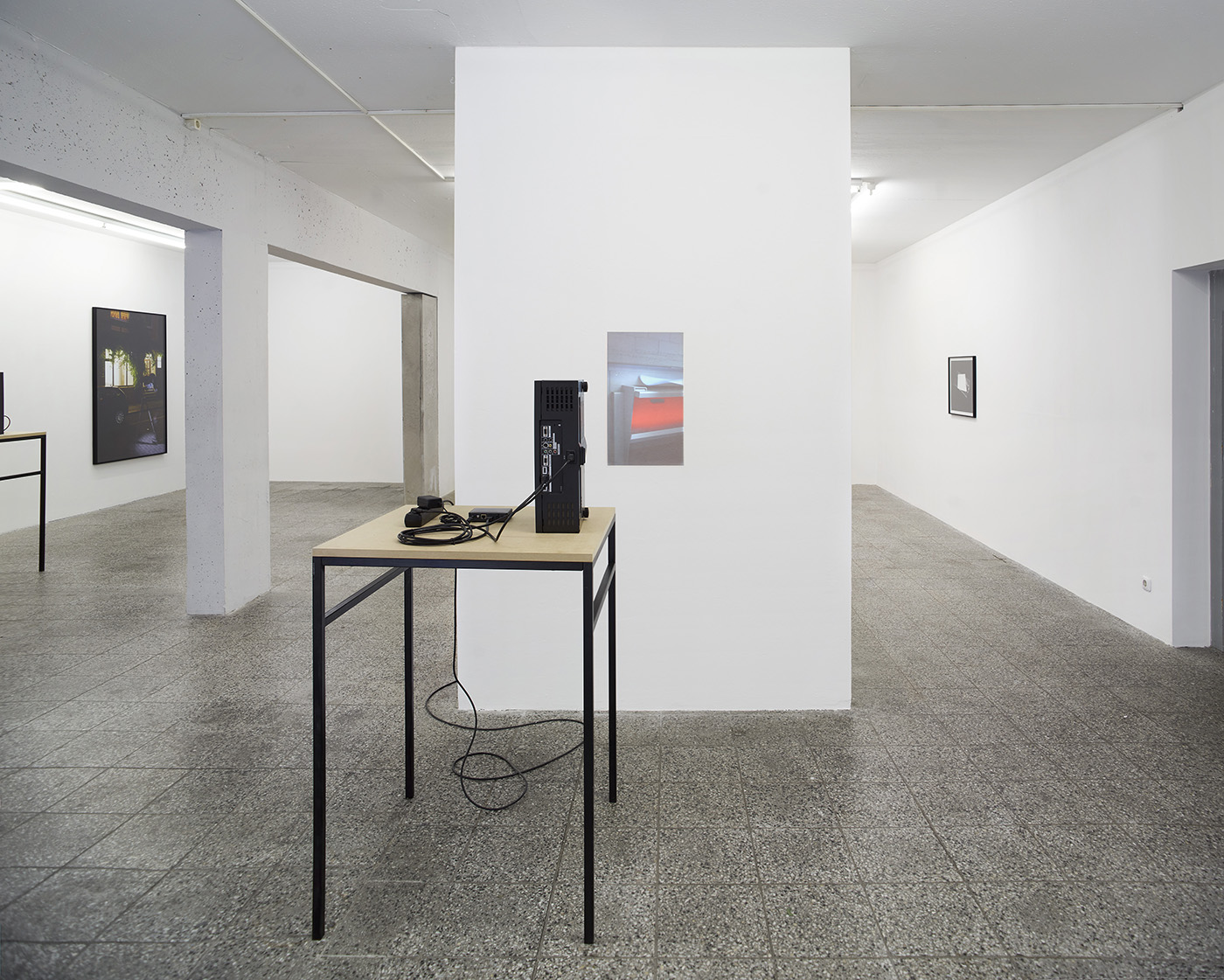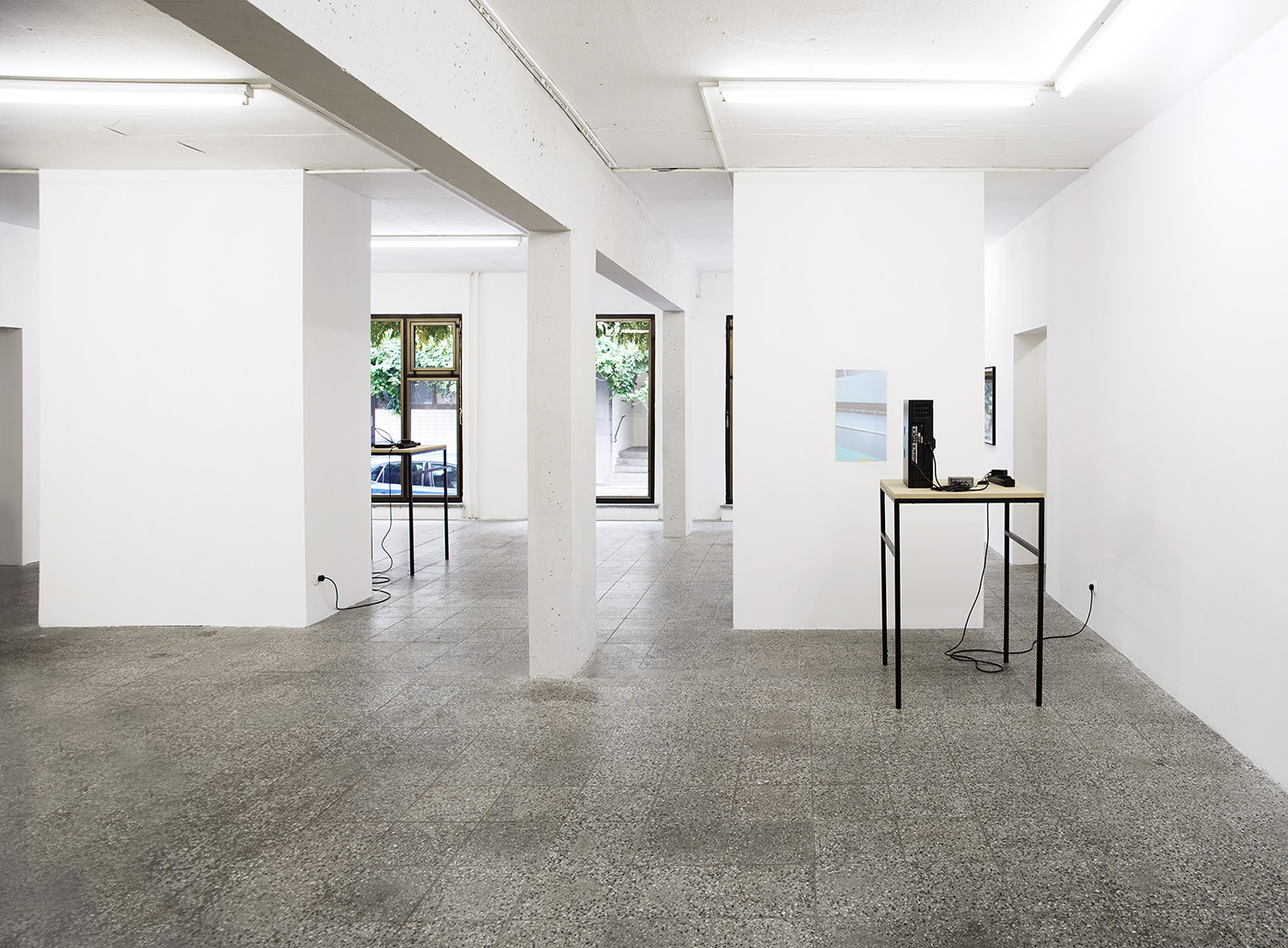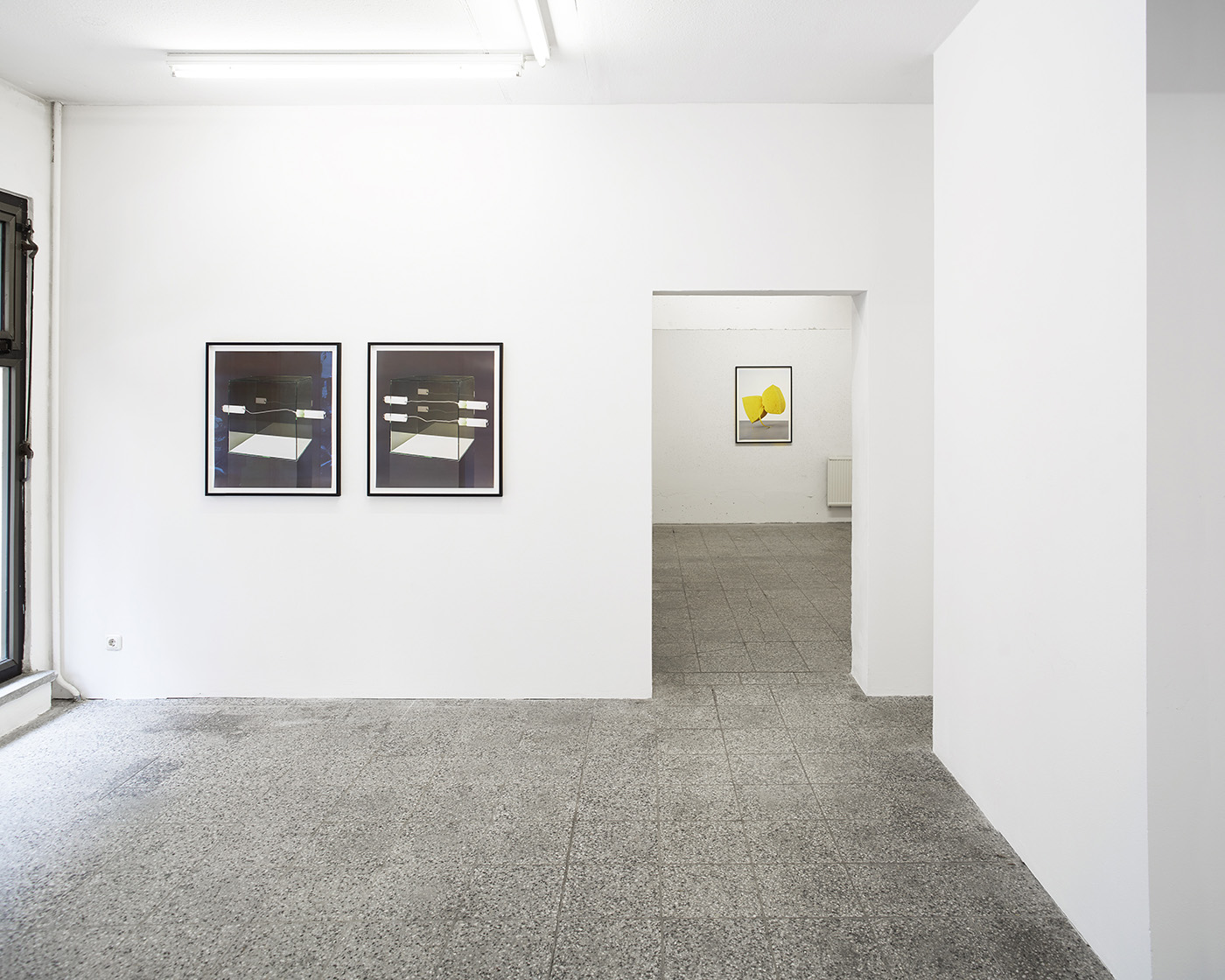






DE
In Rochester, im US-Bundesstaat New York, meldete am 11. Mai 2012 die Lokalzeitung Democrat and Chronicle eine Neuigkeit über den seit kurzem insolventen Fotokonzern Kodak. „Did you know? Kodak Park had a nuclear reactor“ lautete die Überschrift des Artikels. Jahrzehntelang hatte Kodak seinen eigenen Atomreaktor im Keller stehen, ohne dass der Großteil der Mitarbeiter oder die Öffentlichkeit davon wussten. Das dort verwandte hochangereicherte Material hätte prinzipiell auch zum Bau einer Atombombe verwendet werden können, doch wäre die Menge von rund eineinhalb Kilo zu gering für eine konventionelle Waffe gewesen. Kodak besaß eine gültige Erlaubnis (NRC FORM 374) der US Atomaufsicht zum Betreiben der Anlage. Der Reaktor aus dem Jahre 1974, der die Größe eines Kühlschranks hatte, genannt „Californium Neutron Flux Multiplier“, produzierte einen Neutronenstrahl, unter dessen Beschuss die Forscher die Alterung von Fotopapier simulierten.
Zum Zeitpunkt der Meldung allerdings, war der Reaktor bereits seit 5 Jahren demontiert, da Kodak die Forschung an analogem Fotomaterial aus Gründen der Unwirtschaftlichkeit eingestellt hatte.
Diese Anekdote war der Impuls für Alwin Lay‘s neuen Arbeiten, welche in der Ausstellung Der entscheidende Augenblick musste verschoben werden im KV — Leipzig zu sehen sind. Eine Story, die die Fantasie anregt, um sich im nächsten Moment wieder im Banalen aufzulösen. Die Pointe ist – dass es keine Pointe gibt.
Seinen neuen Arbeiten folgen der Fiktion eines mit Neutronen kontaminierten Fotomaterialsund so leuchtet es in den Arbeiten E100(G) 4×5″ 10,2×12,7cm EMUL574 – unboxed und Paper
Safe von selbst, beziehungsweise wirft einen Lichtstrahl aus der Lichtschutzbox heraus. Die Materialität der Fotografie wird hier selbst zum Akteur und verhält sich sowohl zur Nostalgie fotografischen Materialfetischs als auch zu der sich auflösenden, im Virtuellen verschwindenden Materialität zeitgenössischer Kunstproduktion.
In seinem ortsspezifischen Selbstportrait untitled at Kunstverein Leipzig verflüchtigt sich der Fotograf unter dem aus der Kamera herausstrahlenden Licht, der Autor wird ausgelöscht, nur die Schuhe zeugen noch von seiner Anwesenheit.
Die aufwendig inszenierten Fotos und Videos des Kölner Künstlers spielen mit der Erwartung des Rezipienten. Er arbeitet sowohl mit fototechnischen Momenten, als auch mit dem Verhältnis von Skulptur zum Bild und Abbild. So wird mal die Fotografie durch ihre Vergrößerung zum Objekt ihrer eigenen Materialität oder die Skulptur im Bild zur Flachware. Oftmals geschieht gerade
in diesem Übertrag ein kleiner, nicht offensichtlicher, jedoch wohl platzierter Fehler, welcher mit unseren Erwartungen bricht. Alwin Lay inszeniert mit hoher Präzision alltägliche Augenblicke, um im entscheidenden Moment die falsche Abzweigung zu nehmen. Er stellt dem Betrachter Fallen, lässt ihn in surreale Leerstellen tappen und erzeugt Momente der Verwirrung mit präzise dosiertem Humor.
EN
On May 11, 2012, the local newspaper Democrat and Chronicle in Rochester, New York state, reported
about the photography company Kodak, which had recently gone bankrupt. The headline
of the article read “Did you know? Kodak Park had a nuclear reactor“. For decades, Kodak had
ran its own nuclear facility in the basement with neither the large part of employees nor the public
knowing. The highly enriched material used there could, in principle, have also served to produce
a nuclear bomb. However, the amount of approximately 1,5 kg would have been insufficient for a
conventional weapon. Kodak throughout had the relevant permits (NRC FORM 374) of the U.S.
Nuclear Regulatory Commission for operating the facility. The device, dating from 1974, which
was the size of a refrigerator and called “Californium Neutron Flux Multiplier“, directed a neutron
beam onto photographic paper in order for researchers to simulate the paper’s deterioration over
time.
At the time of the report, however, the device had already been dismantled for 5 years, Kodak
having shut down research into analogue photography materials for being uneconomical.
This anecdote provides one impulse for Alwin Lay‘s new works, which are on view in the exhibition
“The decisive moment had to be postponed“ in KV — Leipzig. A story which spurs the imagination
but becomes banal again in the next moment. The point is that there is no point.
His new works pick up from the fiction of a photographic material contaminated with neutrons
and as such, the works E100(G) 4×5“ 10,2 x 12,7cm EMUL574 – unboxed and Paper Safe
shine by themselves. Or that is to say, they emit a ray of light from within the light-safe box. The
materiality of photography itself comes into play and relates to both the nostalgia invoked by a fetish
for photographic material as well as the dissolving materiality of contemporary art production
as it disappears into virtuality. In his site-specific self-portrait untitled at Kunstverein Leipzig the
photographer himself dissipates in the light emanating from the camera; the author disappeared
with only his shoes testifying to his presence.
The elaborately staged photography and videos of the Cologne-based artist play on the expectations
of the viewer. He works with moments of a photo-technical nature as well as with the relation
between sculpture and image. Sometimes the photography becomes the object of its own
materiality through enlargement, other times the sculpture is flattened in the image. It is in this
transition between states that often a small, not so obvious yet accurately placed, error occurs
that ruptures our expectations. With a high degree of precision, Alwin Lay stages everyday moments
only to take the wrong turn in the decisive moment. He lures the viewer into a trap, into
surreal gaps and produces moments of confusion with a concise dose of humor.